Revolutionizing Event Safety: Advanced Emergency Lighting Solutions
Event venues require robust emergency lighting solutions for safety and regulatory compliance. Certi…….
Introduction
In the event of a power outage or emergency situation, the safety and well-being of individuals within any community are paramount. This is where Emergency Light Installation in Fayetteville plays a critical role. These installations are designed to provide illumination during unexpected events, ensuring that public spaces, buildings, and pathways remain visible and safe for occupants and passersby. This comprehensive article will delve into the intricacies of emergency light installation in Fayetteville, its significance, global impact, economic considerations, technological advancements, policy frameworks, challenges, case studies, future prospects, and answer common queries related to this essential service.
Understanding Emergency Light Installation Fayetteville
Emergency Light Installation in Fayetteville refers to the design, implementation, and maintenance of lighting systems that automatically activate in response to a power failure or other emergencies. These installations are integral to public safety and are typically found in critical infrastructure locations such as hospitals, schools, transportation hubs, and high-traffic areas. They consist of various components, including photovoltaic cells, battery backup systems, LED lights, motion sensors, and control panels that work together to ensure uninterrupted visibility during emergencies.
The historical context of emergency lighting dates back decades, with advancements in technology leading to more reliable and efficient systems. Fayetteville’s commitment to public safety has led to the implementation of stringent guidelines and standards for emergency lighting installations, which have set a benchmark for other municipalities to follow.
Global Impact and Trends
The impact of Emergency Light Installation in Fayetteville extends beyond its city limits, influencing global trends in emergency preparedness and urban planning. The success of Fayetteville’s installation has prompted a reevaluation of emergency preparedness strategies worldwide. Cities across the globe are adopting similar systems, adapting them to their unique environments and regulatory frameworks.
Key trends shaping this trajectory include the integration of smart technology, increasing reliance on renewable energy sources, and the development of more sustainable and cost-effective solutions. The global market for emergency lighting is growing, driven by an increased awareness of the importance of public safety and the availability of advanced technologies.
Economic Considerations
The economic aspects of Emergency Light Installation in Fayetteville are multifaceted. From a market perspective, there is a significant demand for reliable emergency lighting systems, which has led to a robust industry sector dedicated to their design and production. Investment patterns reveal a trend towards sustainable and cost-effective solutions, with a growing emphasis on long-term value and return on investment.
Emergency lighting installations contribute to the economic resilience of Fayetteville by minimizing downtime during emergencies and reducing the potential for accidents. On a broader scale, these installations are integral to maintaining business continuity and protecting assets, thereby supporting the local and regional economy.
Technological Advancements
Technological advancements have significantly enhanced the efficiency and effectiveness of emergency lighting systems. Innovations such as LED technology provide brighter, more energy-efficient illumination with a longer lifespan than traditional bulbs. The integration of smart sensors and control systems allows for dynamic lighting responses, adjusting to real-time conditions and optimizing energy usage.
Future potential includes the development of self-sustaining systems powered by renewable energy sources like solar panels, advanced battery technologies that offer longer backup times, and IoT (Internet of Things) connectivity enabling remote monitoring and control.
Policy and Regulation
A comprehensive set of policies and regulations governs Emergency Light Installation in Fayetteville. These include the National Electrical Code (NEC), which sets standards for wiring devices, equipment, and components to ensure safe and reliable electrical installations. The International Building Code (IBC) also addresses emergency lighting requirements for new construction.
Local regulations often require retrofitting existing buildings with emergency lighting systems to comply with safety standards. These regulations are critical in ensuring that all installations meet the necessary criteria for performance, reliability, and maintenance.
Challenges and Criticisms
Emergency Light Installation Fayetteville faces several challenges, including the need for continuous technological innovation, funding constraints, and the complexity of retrofitting older infrastructure. Criticisms often focus on the initial cost of implementation and maintenance, as well as concerns over system reliability and energy efficiency.
To overcome these issues, stakeholders can explore strategic partnerships, incentivize green technologies through subsidies or tax breaks, and prioritize regular maintenance to ensure systems are operational when needed. Education and awareness campaigns can also play a role in highlighting the importance of emergency lighting and encouraging community support.
Case Studies
Several case studies illustrate the successful application of Emergency Light Installation in Fayetteville. One notable example is the downtown area, where an extensive network of emergency lights was installed, significantly reducing the risk of accidents during nighttime power outages. Another case study involves a major healthcare facility that implemented a state-of-the-art emergency lighting system, ensuring uninterrupted access to critical services during unexpected events.
These case studies demonstrate the practical benefits of emergency lighting systems and serve as models for other municipalities and institutions.
Future Prospects
The future of Emergency Light Installation in Fayetteville and beyond is bright, with ongoing research and development aimed at enhancing system capabilities and performance. The integration of smart technologies and the adoption of sustainable practices will likely become standard. Additionally, as cities around the world face increasingly frequent and severe weather events, the demand for robust emergency lighting systems will grow, making them a critical component of urban infrastructure.
Conclusion
Emergency Light Installation in Fayetteville represents a critical investment in public safety and urban resilience. Its global impact, economic considerations, technological advancements, policy frameworks, and commitment to overcoming challenges make it a model for cities worldwide. As we look to the future, the continued evolution of these systems will undoubtedly lead to safer, more sustainable, and better-prepared communities.
FAQs
What are the key components of an emergency light installation?
The key components include photovoltaic cells, battery backup systems, LED lights, motion sensors, control panels, and wiring that comply with safety standards like the NEC.
How do these installations contribute to economic resilience?
They minimize downtime, protect assets, support business continuity, and reduce the potential for accidents, all of which contribute to the economic health of Fayetteville and its businesses.
Are there incentives for adopting emergency lighting systems?
Yes, there may be incentives such as subsidies or tax breaks for adopting green technologies like solar panels and energy-efficient LED lighting, which can lower the total cost of ownership.
How do smart technologies contribute to emergency lighting systems?
Smart technologies enable dynamic lighting responses, optimize energy usage, facilitate remote monitoring and control, and provide valuable data for maintenance and performance analysis.
What challenges must Emergency Light Installation in Fayetteville overcome?
The main challenges include funding constraints, retrofitting older infrastructure, ensuring system reliability, and maintaining energy efficiency. Stakeholders can address these by pursuing strategic partnerships, advocating for policy support, and promoting regular maintenance.
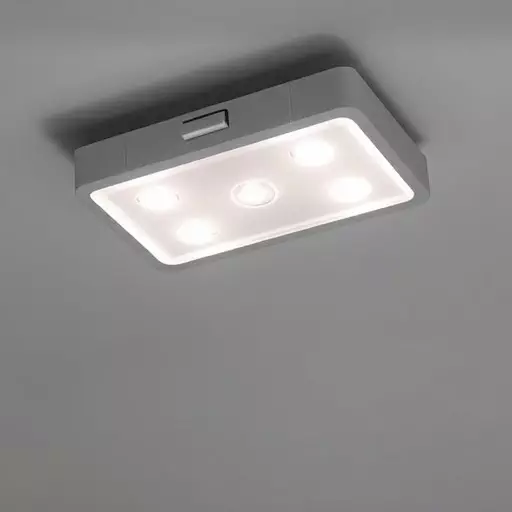
Event venues require robust emergency lighting solutions for safety and regulatory compliance. Certi…….

In any home, ensuring safety during power outages is paramount. A crucial component of this preparat…….

Regular testing and maintenance of emergency lighting systems are crucial for building safety and le…….
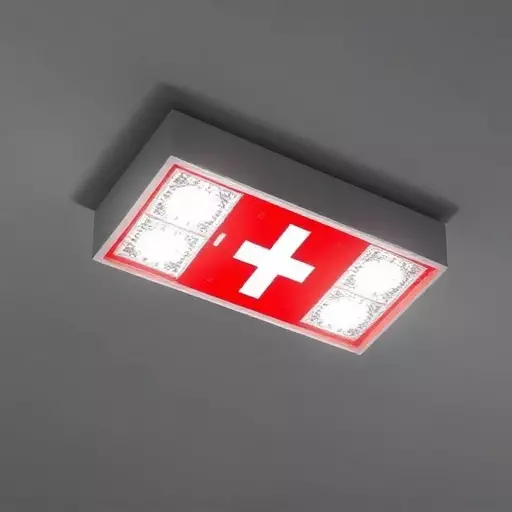
In any building, a reliable emergency lighting system is vital for safety and compliance. Certified…….
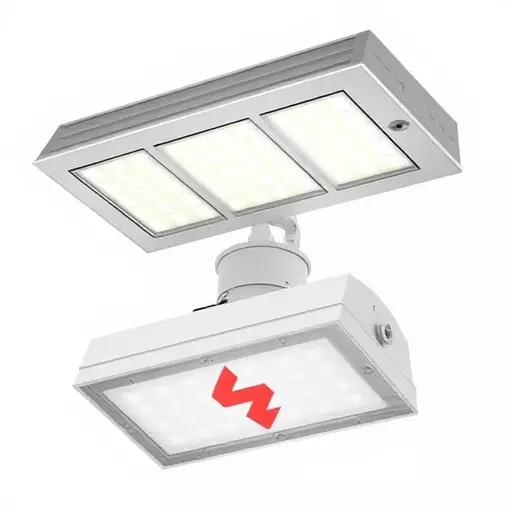
In the competitive warehousing industry, prioritizing safety is paramount. Certified emergency light…….
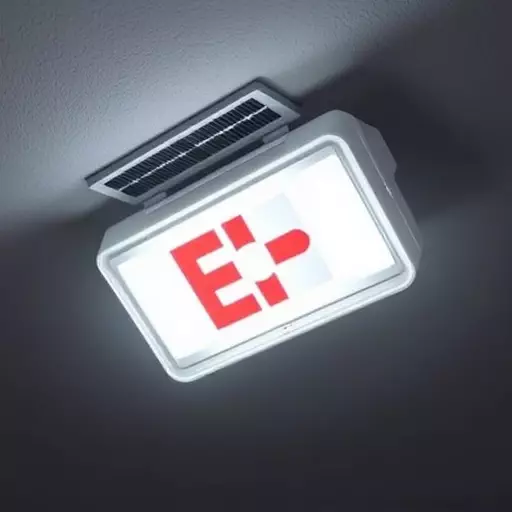
Combination exit and emergency light systems, including affordable LED models and solar-powered opti…….
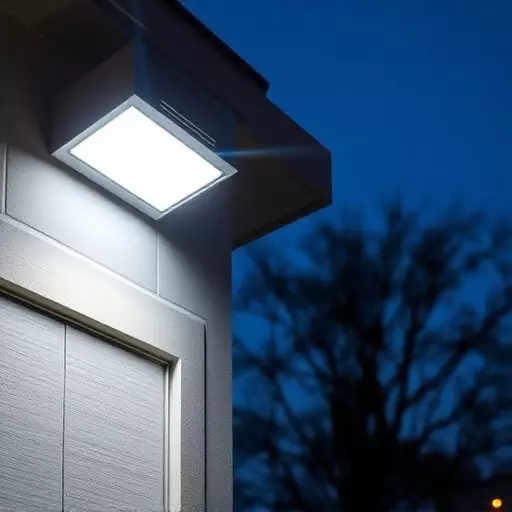
Business owners in Fayetteville, NC, must prioritize safety with compliant emergency lighting. Certi…….
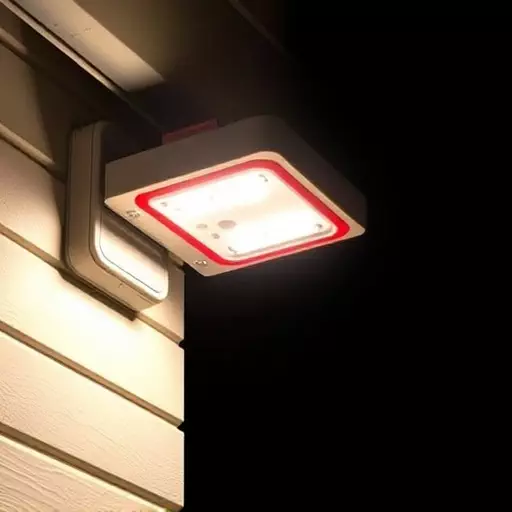
Fayetteville businesses are increasingly prioritizing safety with certified emergency light installa…….

Proper placement of emergency lighting, ensured by certified services in Fayetteville, enhances safe…….